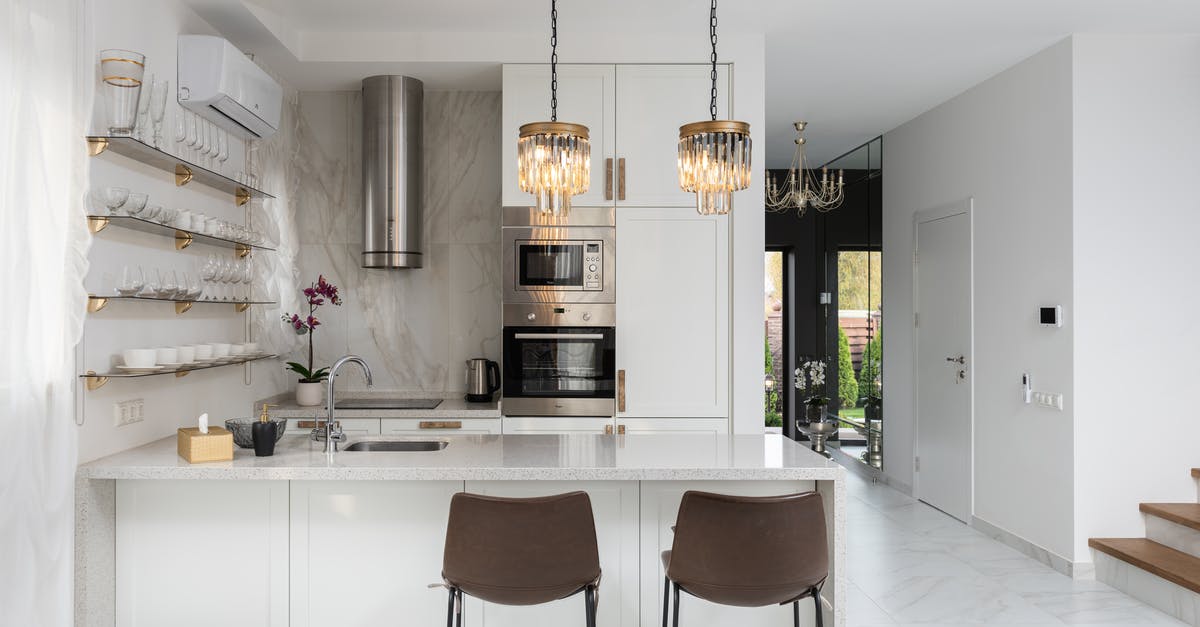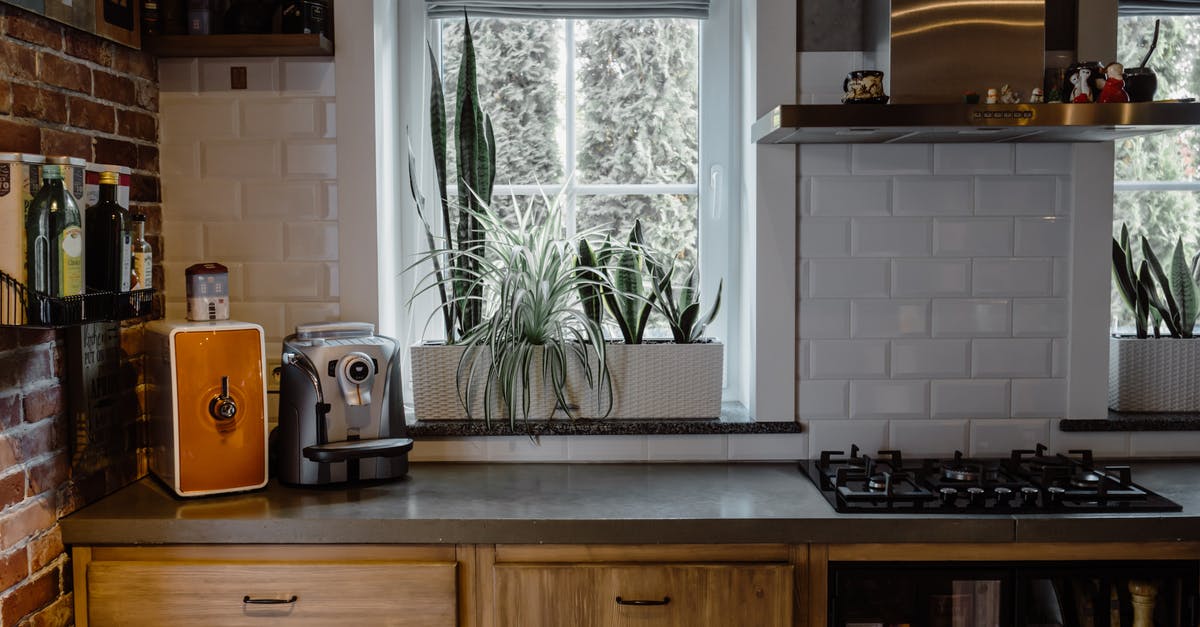Countering the oven spring, on purpose

In Maggie Gleer's Artisanal Baking, there is a recipe for a focaccia-style rosemary bread (ACME's herb slab).
The dough is fortified with oil, and spends a long time proofing. the recipe then goes out of its way to keep the bread flat. Firstly, the dough is stippled all over twice, and most important of all, five minutes after the bread goes into the oven, it's flipped over.
This basically means that it gets a solid crust on both sides that the force of the oven spring can't break, keeping the bread flat.
I've been wondering about the effect this has on the crumb, since normally, you do everything you can to get as much height as possible. My theory is that providing a counter force to the oven spring, what you're doing is increasing the pressure inside the bread. I'm imagining that this might cause the steam to superheat (or at least reach much higher temperatures). This would then heat the oil in the dough to much higher temperatures than it would reach if we let the bread spring normally. This, I imagine, would have some effect on the crumb that might be nice.
Is this hypothesis reasonable? Is this why you would want to flip the bread? Or is it just for the shape. And if so, could we provide even greater counter-force, keeping the dough almost the same size, and almost deep frying the crumb (and would this be desirable)?
Best Answer
The theory is unlikely. The interior of dough rarely gets more than a few degrees above boiling, and it usually "stalls" for a significant amount of time in the 210-212F range. The only way to go above that is to dry the dough out completely, resulting in a cracker-like consistency.
That's the reason why the crust has a different texture, color, etc. than the interior. The crust is the portion of the bread which actually reaches temperatures significantly higher than boiling. That allows other types of chemical (and thus flavor) reactions to happen, like the Maillard reaction and caramelization.
Another way to think about this is that 212F is boiling at sea level, and bread dough contains a lot of water, and the large interior "surface area" surrounding each bubble means there is a huge amount of surface area for water to evaporate. So, if you heat water to 212F, it will evaporate, and it will leave all of those interior bubble surfaces at 212F. Until the dough dries out enough to slow that moisture production significantly, the interior will maintain a temperature of roughly 212F.
Furthermore, even if you somehow did create pressure inside the dough to raise the temperature inside significantly above boiling, it would exert significant pressure on every surface of the loaf, and it would burst at any location. Achieving even a few extra degrees of temperature would require significant extra pressure to be continuously exerted on the entire exterior of the loaf. So, "deep frying the crumb" would be really difficult to achieve, and would you want that? (Think of a hushpuppy or something that's deep fried dough -- would you really want the interior to be all crustlike and dried out?)
Regarding the flip -- I've never done it, but I assume it must just be for the shape and perhaps the coloring/crust consistency. Dimpling on focaccia is done for similar reasons: on thin dough, if you have giant holes, it can create areas that might expand and become misshapen or burnt or mess up the consistency. I've never dimpled to deliberately deflate the dough or decrease oven spring. I do it to ensure a relatively consistent loaf during baking.
Focaccia can have enough oil on the surface so that it effectively does "fry" a bit, and if you have excess oil in the pan and flip it partway through the bake, you will effectively panfry the crust. If your pan isn't that oily, I'm guessing it's only about the shape. (I also don't know why you'd like to limit focaccia's oven spring -- I've gotten the most compliments on mine when I've accidentally let it rise a little too far, resulting in something that was thicker than typical but a truly amazing tender interior.)
But the interior? You can only get the "fried" texture and flavor by raising the temperature significantly above boiling and getting rid of most of the moisture. But then you end up with an interior that tastes like a cracker (i.e., all crust). If you don't get rid of the moisture but raise the pressure, you end up with something that is sticky and bagel-like, not typical desired focaccia characteristics. (Don't believe me? Try baking bread in a pressure cooker -- which requires excess steam -- and see what happens.)
Pictures about "Countering the oven spring, on purpose"



Is oven spring necessary?
You should not expect the oven spring to do the proofing of your bread. This is what the final proofing stage is for. Before cutting and baking, the bread should already be almost full size. Oven spring is an important factor, just don't expect too much!How do you max out an oven spring?
There are many factors that influence the degree and quality of the oven spring when baking bread: overall dough quality, the amount of yeast in the dough, the degree of fermentation (it should not be under fermented or over fermented), and oven temperature.What factors affect oven spring?
Steam is vital during the oven-spring period so that the surface of the loaf remains moist and expands easily.BETTER OVEN SPRING, how to get . Step by step OVEN SPRING. | by JoyRideCoffee
Sources: Stack Exchange - This article follows the attribution requirements of Stack Exchange and is licensed under CC BY-SA 3.0.
Images: Mark McCammon, Dmitry Zvolskiy, Max Vakhtbovych, Polina Kovaleva
